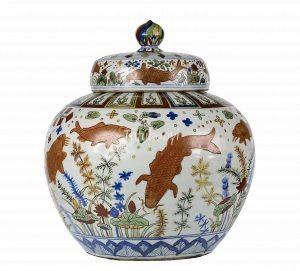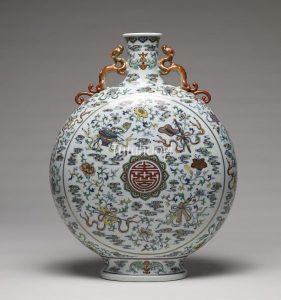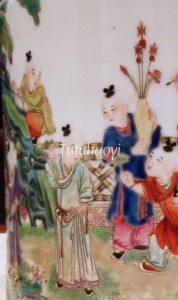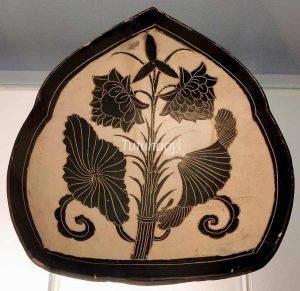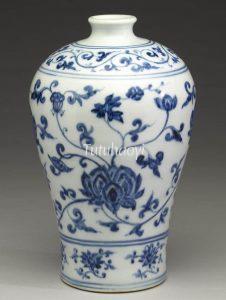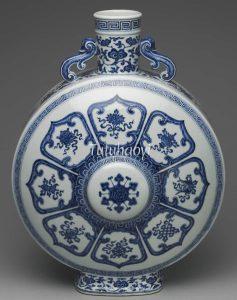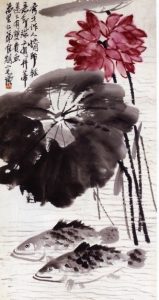Showing Results Containing
Fish (鱼 yu) puns with the word yu 余 meaning ‘abundance’, therefore it symbolises wealth and prosperity. Continue Reading
In this motif composition, the eight Daoist Immortals (ba xian 八仙) are not depicted in figural images, but rather are represented by their dist...
A variation of 平升三级 ping sheng san ji (May you have three successive promotions unexpectedly) is 连升三级 lian sheng san ji. The design h...
The motif of Yi Ba Lian 一把莲 is also called ‘yi shu lian’ (一束莲). It is presented as ‘a ribbon-tied bouquet of lotus in bud, full bloom, and seed pods acc...
Lian Hua (lotus) is also called ‘he hua (荷花)’. It is different from ‘shui lian (睡莲 water lily)’ which is another kind of water plant.
The Eight Auspicious Emblems, also known as ‘ba bao’ (八宝, Eight Treasures), or ‘ba rui xiang’ (八瑞相, Eight Symbols of Good Fortune), are a set of symbols in traditional Tibetan Buddhism. These symbols are often depicted together, bringing positive energy, Continue Reading
‘Bing di 并蒂’ from ‘bing di lian 并蒂莲’ (twin-headed lotus flower) contributes to the meaning of ‘a loving relationship’. ‘Gui 鳜’ from ‘gui yu 鳜鱼’...
An egret and lotus flowers (莲花) are pictured in combination to infer ‘yi lu qing lian 一路清廉’, which means ‘You are an honest and uncorrupted official in ...
Lotus flower is one of the most commonly seen motifs in Chinese traditional artworks. It is particularly favoured by scholars because one of its biological characteristics is that it grows out of mud yet blooms pure and untainted flowers, which scholars refer to their own uncorrupted nature.
Lotus in Chinese can b...
